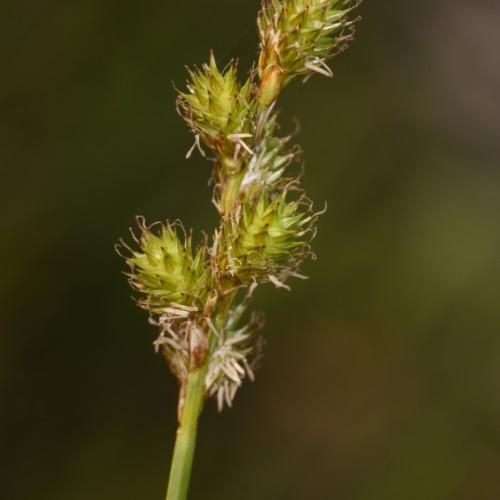
Green Sheathed Sedge
Carex feta
Watering:
Minimal
Hardiness Zone:
Sun:
full sun,part shade
Leaf:
Yes
Growth Rate:
Low
Drought Tolerant:
Yes
Salt Tolerant:
Yes
Care Level:
Medium
watering
Sedge (Carex exsiccata x) should be watered on a regular basis, approximately 1-2 times a week. During hot, sunny periods, more frequent watering may be needed. When watering, give enough water to moisten the soil around the plant but avoid overwatering, as this can cause root rot. If the soil is allowed to dry before watering, this will help to increase the plant's resistance to disease.
sunlight
Carex exsiccata x plants require full sunlight in order to thrive. They should be located in a location that receives at least 6-8 hours of direct sunlight per day and ideally should receive full sunlight throughout the entire day. They should also be located in an area that stays relatively warm in order to prevent sunburn effects, especially during the summer months. In some areas, part shade during the afternoon is beneficial to the plant, especially if it is located in an unusually warm area. Overall, the more direct sunlight they receive, the more likely they are to thrive.
pruning
Sedge (Carex exsiccata x) should be pruned every year in late winter to early spring. Pruning should involve cutting back the old foliage and stems all the way to the ground. This will help encourage healthy new growth, as well as prevent dead foliage and stems from forming. Try to keep the main shape of the plant when pruning, and leave as much of the green foliage as possible for photosynthesis. Additionally, pruning will help promote air flow within the plant so that it can stay healthy. If the foliage starts to yellow and becomes too thick, it is an indication that the plant needs to be pruned. Removing these areas will help promote new, healthier growth.
